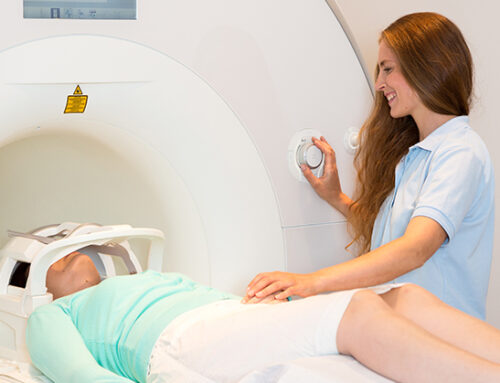Research on the brain keeps offering up unusual results that surprise researchers.
An example of what I’m talking about is a study at MIT that involved flashing lights into the eyes of animals. The research shows that timing the flickering of the lights at just the right speed may profoundly change the workings of the brain.
It sounds far-fetched, but the MIT scientists now plan research to see how these strobe lights work on the human brain. They think that the strobe-induced changes could prove useful in dealing with Alzheimer’s.
Lights, Action…
According to the researchers, the pulsating light causes the brain to produce brain waves called gamma waves. These waves apparently slow the production of harmful beta amyloid – damaging protein fragments that build up during Alzheimer’s – as well as stimulating a response from microglia, the immune cells that are responsible for consuming and eliminating beta amyloid proteins.
Now, the simple fact of reducing beta amyloid hasn’t been found to help folks with Alzheimer’s. That’s a potential flaw in this treatment – and in a great many other dementia treatments in development.
So far, when drug companies have tested drugs designed to lower the level of amyloid in the brain, the results have been worthless – the drugs haven’t restored memory or cognitive oomph to Alzheimer’s patients. . .
But the fact that gamma waves may revitalize microglia – the immune cells that wander the brain and protect neurons – does offer some hope that the MIT scientists with their flickering lights may be on to something. A growing number of experts suspect that inflammation in the brain involving dysfunctional microglia is a key component of Alzheimer’s.
Light Gets Gamma Rays Going, Literally Alters Tissue
Gamma waves are waves of electrical activity in the brain that occur 30 to 90 times per second. They have been associated with better memory, the efficient processing of sensory information in the brain and the ability to keep your mental attention focused. And other studies have shown that gamma waves occur less frequently in people with Alzheimer’s.
The researchers found that stimulation with a properly timed flickering light for an hour a day for a week got the brain’s gamma waves rolling while reducing the level of amyloid plaque and free-floating amyloid in the brain’s visual cortex (where the brain interprets what the eyes see). Tau protein — tangles of harmful proteins that interrupt the function of neurons — also shrank.1
At the same time, the brain’s microglia, which secrete toxic, inflammatory substances during Alzheimer’s, started behaving more normally and got back to their job of clearing up toxic debris in the brain. Microglia also seemed to be resuming their task of keeping neurons in better working order.
While the initial tests only affected the brain’s visual cortex, the MIT researchers think that adjusting their strobe lights properly can expand the benefits to other parts of the brain.
Human Tests are Next
As Vikaas Sohal, who teaches neuroscience at the University of California, San Francisco, tells Atlantic magazine – “Many neuroscientists, including myself, have traditionally thought about gamma oscillations (waves) as having a role in how neurons communicate and process information. We haven’t really thought about how they could change the biology of cells. Put it another way: If gamma oscillations are part of the software of the brain, this study suggests that running the software can alter the hardware.”2
Of course, the MIT people have not yet completed their tests on people. And the researchers warn that nobody should try this at home. Unless you time the lights exactly right, the flickers in your eyes could be harmful instead of helpful.
But when studies are done on humans, I’ll report the results.







